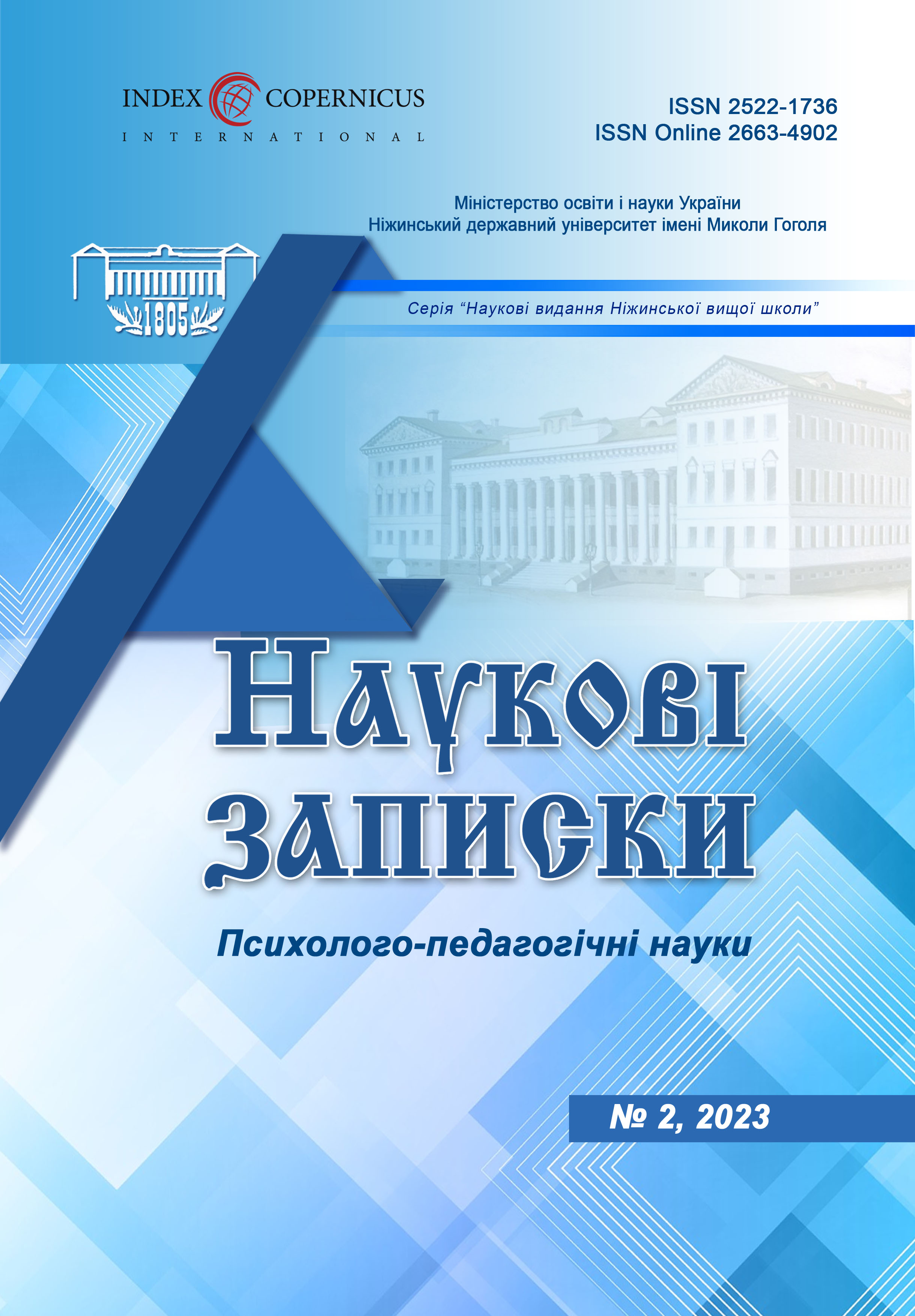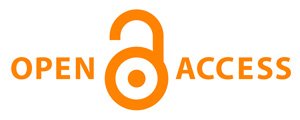ORGANIZATION OF DISTANCE AND BLENDED LEARNING ON THE MOODLE PLATFORM
Abstract
Education technology that actively develops and improves nowadays allows for providing distance and blended learning. The decisive factors that contributed to this course of events in the world in general and in Ukraine, in particular, are the rapid development of information and communication technologies, quarantine restrictions related to COVID- 19, and the need to create safe conditions for education in war and post-war times. Нigh- quality e-courses development for support distance and blended learning is an important issue to support learning at an appropriate level. Moodle is the most common LMS system in Ukraine and the world. Nizhyn Mykola Gogol State University has been using this system for student training since 2012, initially as a pre-intermediate environment intended only for the placement of educational materials, and since the time of COVID-19 as a full-fledged learning management system. The Moodle learning management system facilitates the effective implementation of distance and blended learning in educational institutions, owing to its available resources and robust mechanisms for monitoring and evaluating learners educational activities. The paper highlights the main functionality of the Moodle system and indicates the criteria it satisfies. Moodle also provides the teacher with the opportunity to implement problem-based learning. The paper outlines the resources and activities available to teachers for each problem-based learning phase during course development. In this article, using the Moodle distance learning system as an example, possible methods of the organizational structure of e- courses, the advantages and disadvantages of topic and weekly formats, as well as features of user interaction within each of these formats are considered. Readers will receive recommendations for setting up the course for each of the every mentioned formats and learn in which situations it is appropriate to use them. The prospects for further research involve identifying the key components of an e-course and developing methodological recommendations for the utilization of learning management systems in the process of distance and blended learning in educational institutions.
References
2. Bykov, V.Yu., Kukharenko, V.M., Syrotenko, N.H., Rybalko, O.V & Bohachkov, Yu.M. (2008). Tekhnolohiia rozrobky dystantsiinoho kursu [Technology of distance course development].
Kyiv: Milenium [in Ukrainian].
3. Vladymyrska, Ye. Yu. (2006). Dystantsiine navchannia ta pedahohichni umovy, shcho zabezpechuiut yoho yakist [Distance learning and pedagogical conditions that ensure its quality].
Problemy osvity – Problems of education. Issue 43. P. 78–83 [in Ukrainian].
4. Ivaniuk, I. V., & Ovcharuk, O. V. (2021). Problems and needs of teachers in the organization of distance learning in Ukraine during quarantine caused by covid-19 pandemic: 2021 research results. Information Technologies and Learning Tools, 485(5), 29–41. https://doi.org/10.33407/itlt.v85i5.4669 [in English].
5. Bohachkov, Yu.M., Bykov, V.Iu., Pinchuk, O.P., Manako, A.F., Volnevych, O.I., Tsarenko, V.O., Ukhan, P.S. & Mushka, I.V. (2012). Orhanizatsiia seredovyshcha dystantsiinoho navchannia v serednikh zahalnoosvitnikh navchalnykh zakladakh [Organization of the distance learning environment in secondary general educational institutions]. Kyiv: Pedahohichna dumka [in Ukrainian].
6. Shukevych, B. (2005). Shliakhy popovnennia terminosystemy z dystantsiinoho navchannia [Ways of replenishing the distance learning terminology system]. Ukrainska terminolohiia i suchasnist – Ukrainian terminology and modernity. Kyiv: KNEU. Issue VI. P. 437– 440 [in Ukrainian].
7. Bonk, C.J. & Graham, C.R. (2012). The Handbook of Blended Learning: Global Perspectives. Local Designs. San Francisco: Pfeiffer [in English].
8. Weller, M. (2020). 25 Years of Ed Tech. AU Press [in English].
9. Garrison, D.R. & Vaughan, N.D. (2008). Blended learning in higher education: Framework, principles, and Guidelines. Jossey-Bass. [in English].
10. Horn, M.B., & Staker, H. (2014). Blended: Using disruptive innovation to improve schools. Jossey-Bass [in English].
11. Carman, J.M. (n.d.). Blended learning design – pbworks. http://blended2010.pbworks.com/f/Carman.pdf [in English].
12. Clark, R.E. (2012). Learning from media: Arguments, analysis, and evidence.
Information Age Publishing [in English].
13. Rossett, A. (2002). The ASTD e-learning Handbook: Best practices, strategies, and case studies for an emerging field. McGraw-Hill [in English].
14. Moodle – open-source learning platform. Moodle.org. (n.d.). https://moodle.org/
15. Tryus Yu.V., Herasymenko I.V. & Franchuk V.M. (2012). Systema elektronnoho navchannia VNZ na bazi MOODLE [The MOODLE-based e-learning system of higher education institutions]. Cherkasy: ChDTU [in Ukrainian].
16. Merrill , M.D. (2002). First principles of instruction. Educational Technology Research and Development, 50(3), 43–59. https://doi.org/10.1007/11423.1556-6501 [in English].
Abstract views: 150
Copyright (c) 2023 Research Notes. Series "Psychology and Pedagogy Research" (Nizhyn Mykola Gogol State University)

This work is licensed under a Creative Commons Attribution 4.0 International License.










